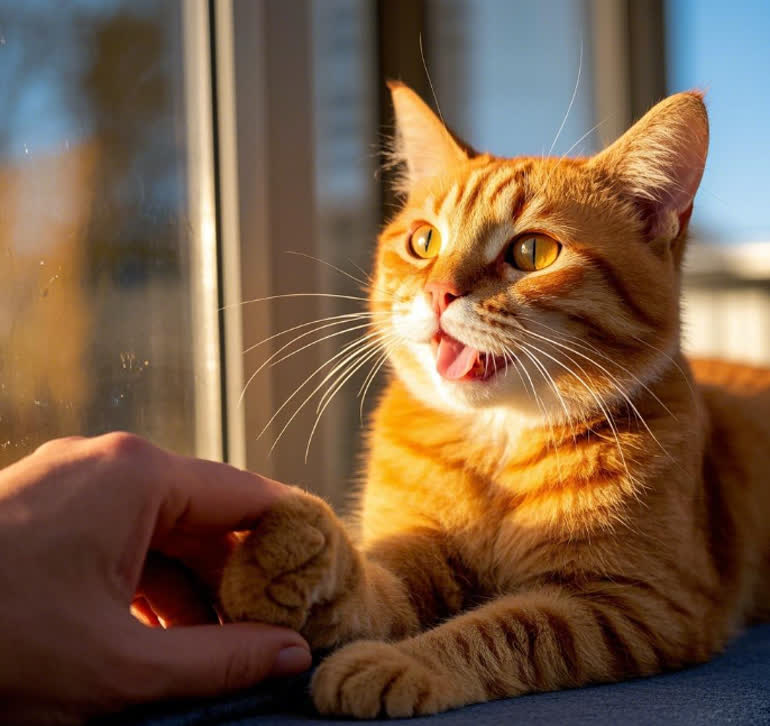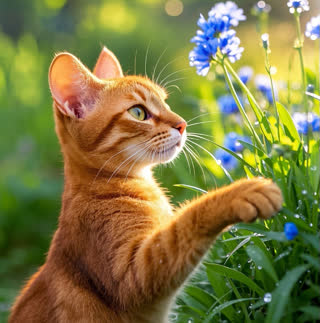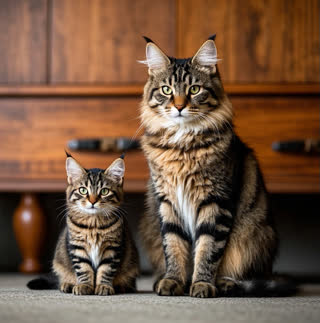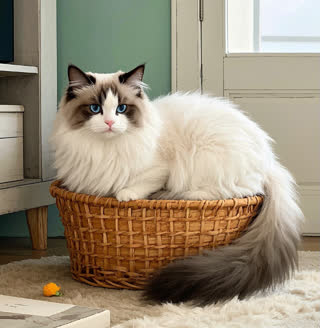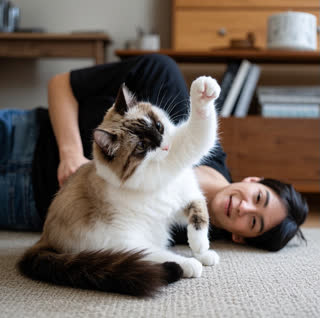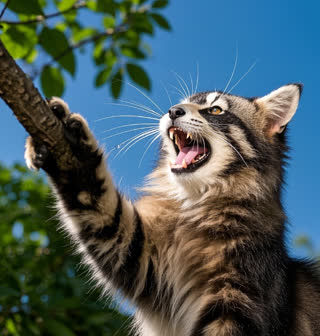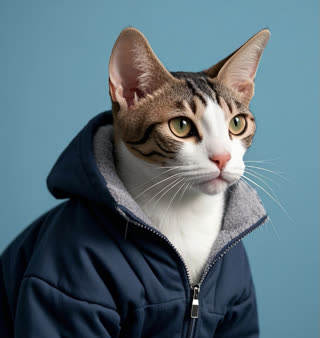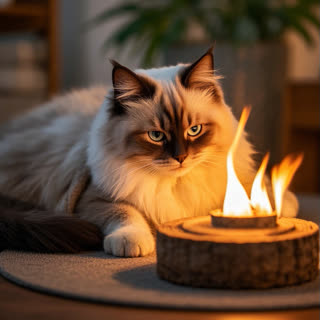Why Opt for a Low-Maintenance Cat?
Minimal Care Requirements: They thrive with basic routines like feeding, litter box maintenance, and occasional brushing.
Space-Friendly: Perfect for apartments or small homes, as they don’t require extensive exercise or outdoor access.
Stress Relief: Studies show pet owners enjoy reduced anxiety and blood pressure, and cats are particularly low-effort in this regard.
Key Factors to Consider Before Adoption
Grooming Needs: Short-haired breeds like the American Shorthair or Russian Blue shed less and require minimal brushing.
Energy Levels: Breeds like the Scottish Fold or British Shorthair are calm and content with indoor play.
Social Behavior: Some cats, such as the Burmese, crave attention, while others, like the Russian Blue, are more independent.
Health History: Naturally bred cats (e.g., European Shorthairs) often have fewer genetic issues than pedigreed breeds.
Top 7 Low-Maintenance Cat Breeds
- American Shorthair
Known for their robust health and easygoing nature, American Shorthairs adapt well to any home. Their short, dense coat requires weekly brushing, and they’re tolerant of children and other pets. - Russian Blue
With a sleek, hypoallergenic coat and a reserved, intelligent demeanor, Russian Blues are ideal for busy owners. They enjoy quiet companionship and minimal grooming. - Maine Coon
Despite their large size, Maine Coons are gentle giants with a dog-like loyalty. Their long, water-resistant fur resists matting, needing only occasional brushing. - Burmese
Playful and affectionate, Burmese cats form strong bonds with families. Their short, hypoallergenic coat demands little grooming, and they’re happy with indoor activities. - European Shorthair
A versatile breed with a short, low-shedding coat, European Shorthairs are resilient and thrive in various environments. They’re independent yet sociable. - Scottish Fold
Adorable folded ears and a calm temperament make Scottish Folds great for families. Their dense coat requires weekly brushing, and they’re unlikely to scratch furniture. - Sphynx
Hairless and full of personality, Sphynxes need weekly baths to manage oil buildup but are hypoallergenic. They’re affectionate and adapt well to apartment living.
Honorable Mentions
Tips for Raising a Low-Maintenance Cat
Grooming: Even short-haired breeds benefit from weekly brushing to prevent hairballs.
Litter Training: Keep boxes clean to avoid accidents; self-cleaning models save time.
Healthcare: Schedule regular vet visits, spay/neuter to reduce behavioral issues, and consider pet insurance for unexpected costs.
